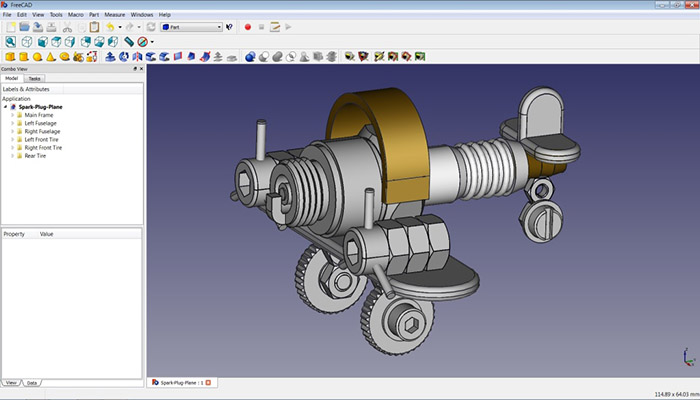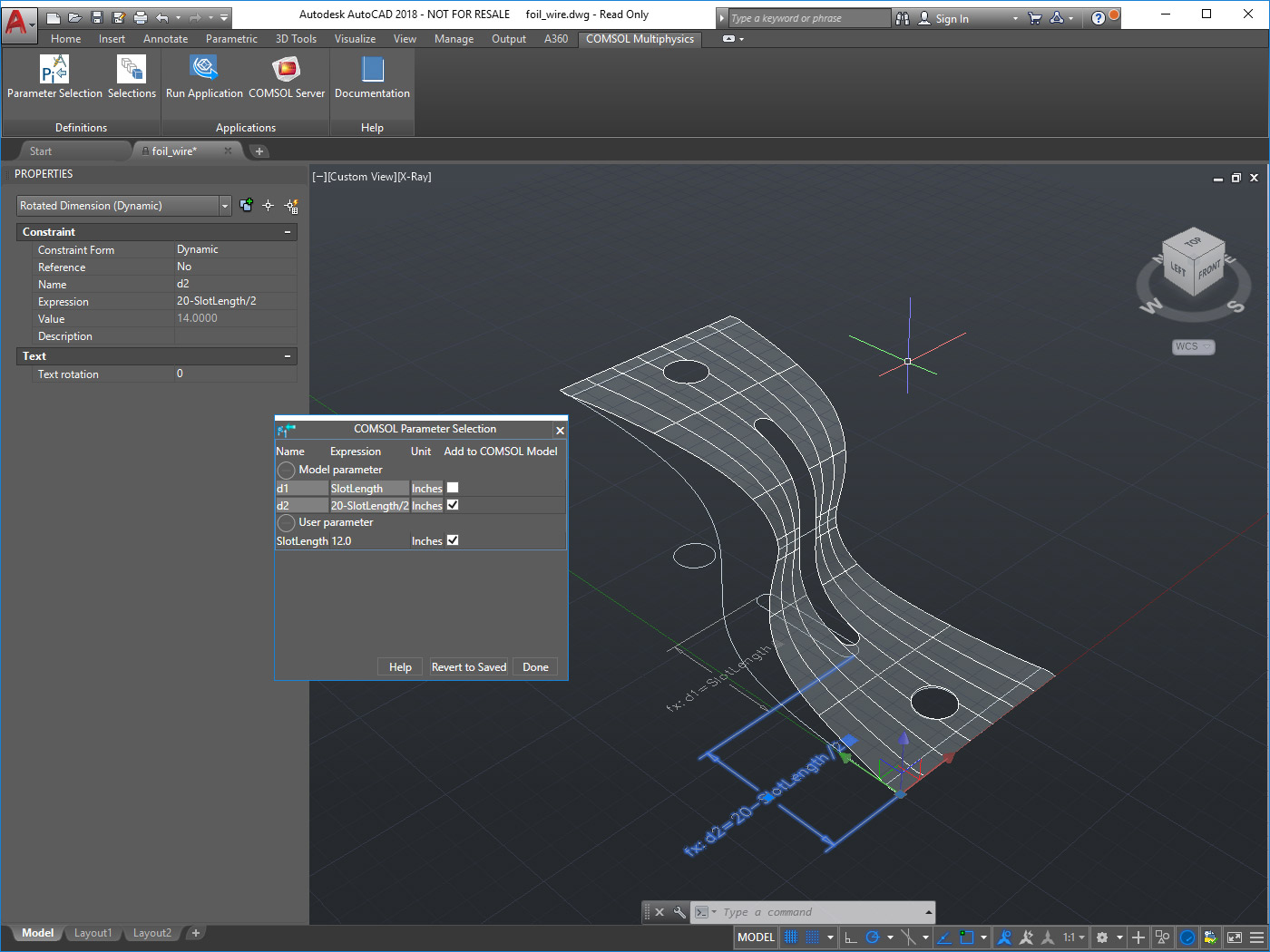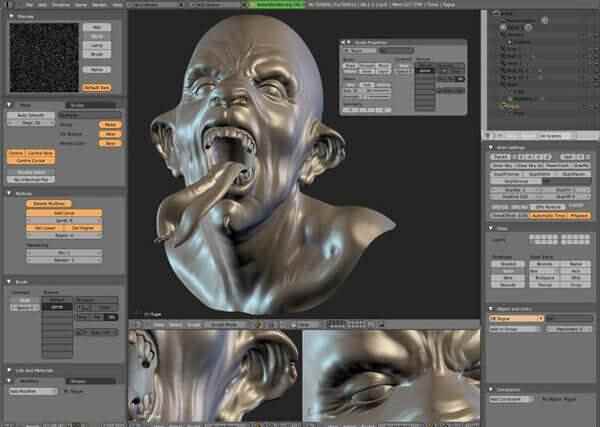

KOMPAS-3D and KOMPAS-Graphic both use ASCON’s internally developed C3D geometric modeling kernel. Photorealistic rendering of an engine, showing FEA mesh, created with ASCON KOMPAS
#Parametric 3d modeling with autocad software
Over the years, it’s grown to become the largest native Russian CAD/PLM company, with 550 employees, of which 200 are in research and software development.ĪSCON’s flagship products are KOMPAS-3D and KOMPAS-Graphic, 3D and 2D CAD programs, respectively, that compete in the mainstream market. They’ve proven that, even while enduring economic and political upheavals, they can innovate, and deliver high-quality products that can handle tough problems.įounded in 1989 by Alexander Golikov and Tatiana Yankina, ASCON was one of the first CAD developers in Russia and the CIS (Commonwealth of Independent States) countries. They’re companies you should know about, not only because their products are good, but, because, as organizations, they’re battle-tested. In Russia, for many years, the biggest competition for domestic CAD vendors came from pirated copies of AutoCAD.įrom the perspective of an engineer in the United States, there are at least three really interesting Russian CAD companies, with products that are in the same league as those from companies with more familiar names. The largest CAD vendor in Russia is Autodesk, and their biggest selling-or more accurately, most popular-product is AutoCAD. It has been ongoing, ever since.īut it’s not been easy.

CAD development for the Russian market started in 1989, somewhat after the arrival of the PC, and somewhat before the break-up of the Soviet Union. It’s an interesting question, with an interesting answer. With all the success that multinational CAD companies have had with Russian software development, it’s hard not to ask, what about Russian CAD, developed for the Russian market? Today, you’d be hard-pressed to find a significant CAD program that doesn’t include component technologies developed in Russia. FlowEFD, from Mentor Graphics, and FlowVision, from Capvidia, are both highly advanced Computational Fluid Dynamics (CFD) programs developed in Russia (not by the same people, but by people who at least know each other.) TurboCAD, from IMSI, BricsCAD, from Bricsys, and IntelliCAD, from the IntelliCAD Technology Consortium, are all developed in Russia-as are the Open Design Alliance’s Teigha interoperability libraries, which are used by hundreds of CAD vendors around the world. There is no complete list of Russian developed CAD and CAE programs, but it’s not hard to find examples. By the late 1990s, Russia was on its way to becoming a major force in CAD and CAE application and component software development. While DS was one of the first CAD vendors to develop software in Russia, they were not alone for very long.
#Parametric 3d modeling with autocad full
The components developed by Ledas as part of that relationship were incorporated into DS’s CATIA V5 and V6 CAD programs, and have, according to DS, proven their reliability and performance in a full industrial context. DS and Ledas worked together continuously until 2011, successfully completing 11 major contracts. In 1996, DS started working with the Russian Research Institute of Artificial Intelligence, and, subsequently, with Ledas, a spin-out of the institute and the AI Lab of the Institute of Informatics Systems in Novosibirsk, Siberia. One notable CAD vendor that, early on, recognized the mathematical strengths of Russian software developers was Dassault Systemes. Intel, in particular, recognized that Russia was an ideal venue for the development of mathematically intense graphics software. Beginning in the mid 1990s, as economic reforms allowed private investment in Russia, multinational corporations, including IBM and Intel, started to take advantage of the large pool of highly-educated scientists and mathematicians in Russia. Russia’s rise to preeminence in CAD software development was spurred by the dissolution of the Soviet Union, after which many of Russia’s top minds in the physical and theoretical sciences found themselves reduced to penury.

Yet, Russia is one of the global centers for the development of advanced CAD software. It’s robust and powerful, and someday, you may be using it.įor engineers and designers in the United States, Russia doesn’t often come to mind when thinking about sources of CAD software.


 0 kommentar(er)
0 kommentar(er)
